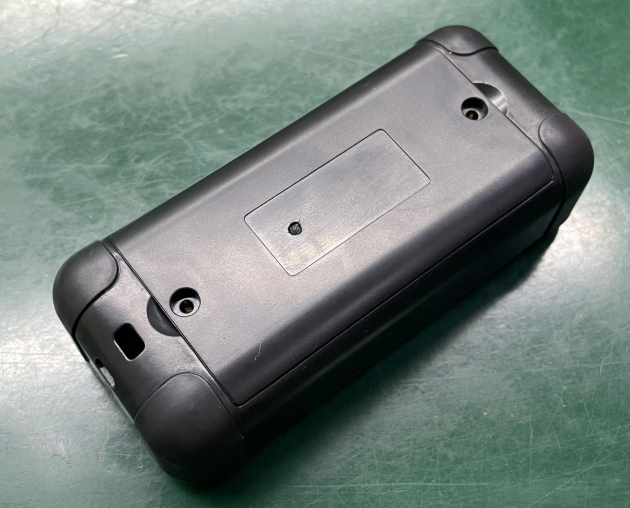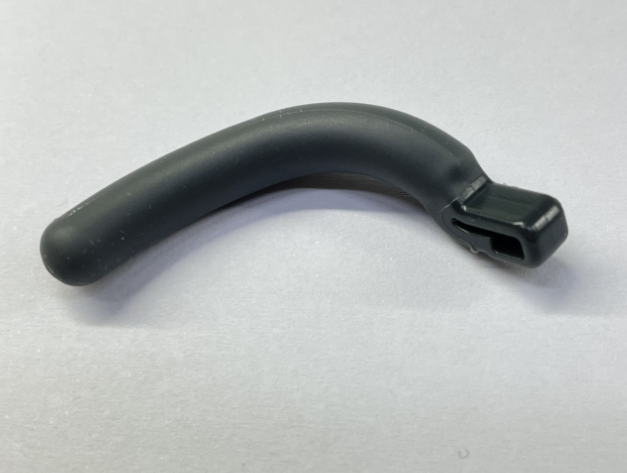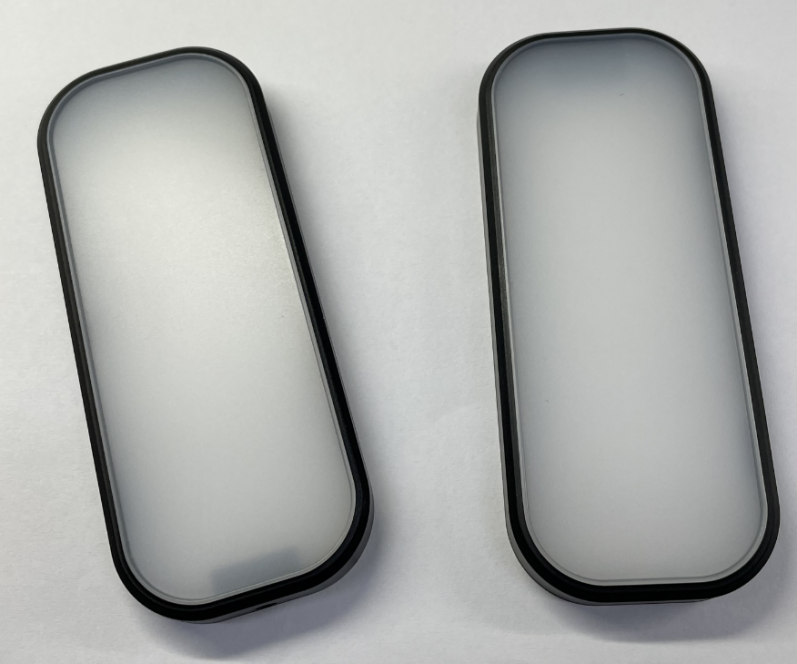Apart from the normal injection molding which we commonly used for single material parts production. Overmolding and double injection (also known as two-shot molding or multi-material injection molding) are both advanced manufacturing processes used to create products with multiple materials or layers. Here’s a detailed comparison of the two processes, including their manufacturing technology, differences in the final product’s appearance, and typical use scenarios.
Overmolding
Manufacturing Technology Process:
Initial Component Molding:
The first step involves molding the base component using a standard injection molding process.
Secondary Molding:
The molded base component is then placed into a second mold where the overmold material is injected. This secondary material bonds to the initial component, creating a single, cohesive part with multiple materials.
Material Selection:
Overmolding typically involves using materials with different properties, such as a hard plastic base and a softer elastomer overmold. The choice of materials depends on the desired properties of the final product.
Appearance of Final Product:
Layered Look:
The final product often has a distinct layered appearance, with the base material clearly visible and the overmolded material covering specific areas. The overmolded layer can add functionality (e.g., grips, seals) or aesthetics (e.g., color contrast).
Textural Differences:
There is usually a noticeable difference in texture between the base material and the overmolded material, providing tactile feedback or improved ergonomics.
Using Scenarios:
Suitable for adding functionality and ergonomics to existing components.
Ideal for products requiring a secondary material for grip, sealing, or protection.
Consumer Electronics: Soft-touch grips on devices like smartphones, remote controls, or cameras.
Medical Devices: Ergonomic handles and grips that provide a comfortable, non-slip surface.
Automotive Components: Buttons, knobs, and grips with a tactile, non-slip surface.
Tools and Industrial Equipment: Handles and grips that offer improved comfort and functionality.
Double Injection (Two-Shot Molding)
Manufacturing Technology Process:
First Material Injection:
The process starts with injecting the first material into a mold. This material forms part of the final product.
Second Material Injection:
The partially finished part is then transferred to a second cavity within the same mold or a separate mold where the second material is injected. The second material bonds with the first material to form a single, cohesive part.
Integrated Molding:
The two materials are injected in a highly coordinated process, often using specialized multi-material injection molding machines. This process allows for complex geometries and seamless integration of multiple materials.
Seamless Integration:
The final product often features a seamless transition between the two materials, with no visible lines or gaps. This can create a more integrated and aesthetically pleasing product.
Complex Geometries:
Double injection molding can produce parts with intricate designs and multiple colors or materials that are perfectly aligned.
Using Scenarios:
Suitable for products requiring precise alignment and seamless material integration.
Ideal for complex parts with multiple materials that need to be perfectly bonded and aligned.
Consumer Electronics: Multi-material cases and buttons that require precise alignment and functionality.
Automotive Components: Complex parts like switches, controls, and decorative elements that integrate hard and soft materials seamlessly.
Medical Devices: Components that require precision and a seamless combination of materials for hygiene and functionality.
Household Products: Items like toothbrushes with soft bristles and hard handles, or kitchen utensils with soft grips.
In summary, overmolding and double injection are both valuable techniques in manufacturing multi-material products, but they differ significantly in their processes, final product appearance, and typical use scenarios. Overmolding is great for adding secondary materials to enhance functionality and ergonomics, while double injection excels in creating complex, integrated parts with precise material alignment.
Post time: Jul-31-2024






